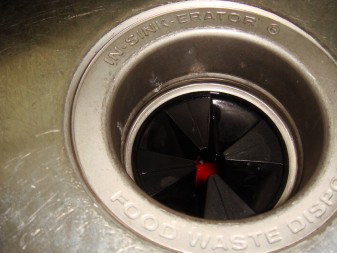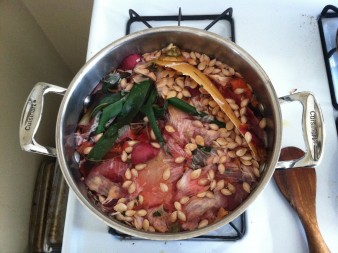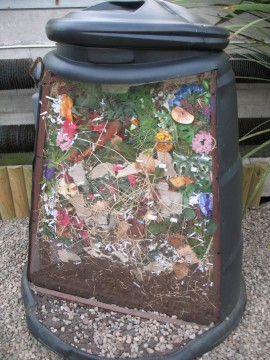Back in college I went to visit my older sister in Austin, Texas, and she laughed when I asked about a compost bin. She grabbed my sleeve and led me out to the tiny balcony of her second-story apartment, then plucked the apple core from my palm and chucked it off the side of the building. “That’s my compost,” she said.
That scene has stayed with me. Over the years I’ve come to a greater appreciation for my sister’s reluctance to take on proper backyard composting while she juggled work and city life. Nowadays, I’m just not that motivated to compost. I know I should. But the reality is I don’t. And I am not alone in composting resistance: in 2012, only 5 percent of the nearly 40 million tons of food waste generated in the United States was composted.

Photo Credit: capl@washjeff.edu / Flickr
So what I wanted to figure out on behalf of all compost-challenged urbanites is what the next best option is for disposing of food scraps.
I called up Martin Heller, a researcher at the University of Michigan’s Center for Sustainable Systems, who specializes in life cycle analysis of food, to help me sort this out. If I’m standing at my kitchen sink with a handful of kale stems, I asked, should I toss them in the trash or grind them down the garbage disposal?
First, he reaffirmed that I should in fact be composting them for the most environmentally friendly disposal (yeah, yeah). Composting is best because it breaks down food scraps and returns their nutrients to the soil, which improves soil health. When those scraps are instead left to rot in the landfill (through anaerobic decomposition, which occurs in the absence of oxygen), they release methane, a potent greenhouse gas. According to Heller’s calculations, which will appear in a forthcoming publication, U.S. food waste in 2010 contributed roughly the same amount of greenhouse gas emissions to the atmosphere as 33 million cars on the road.


